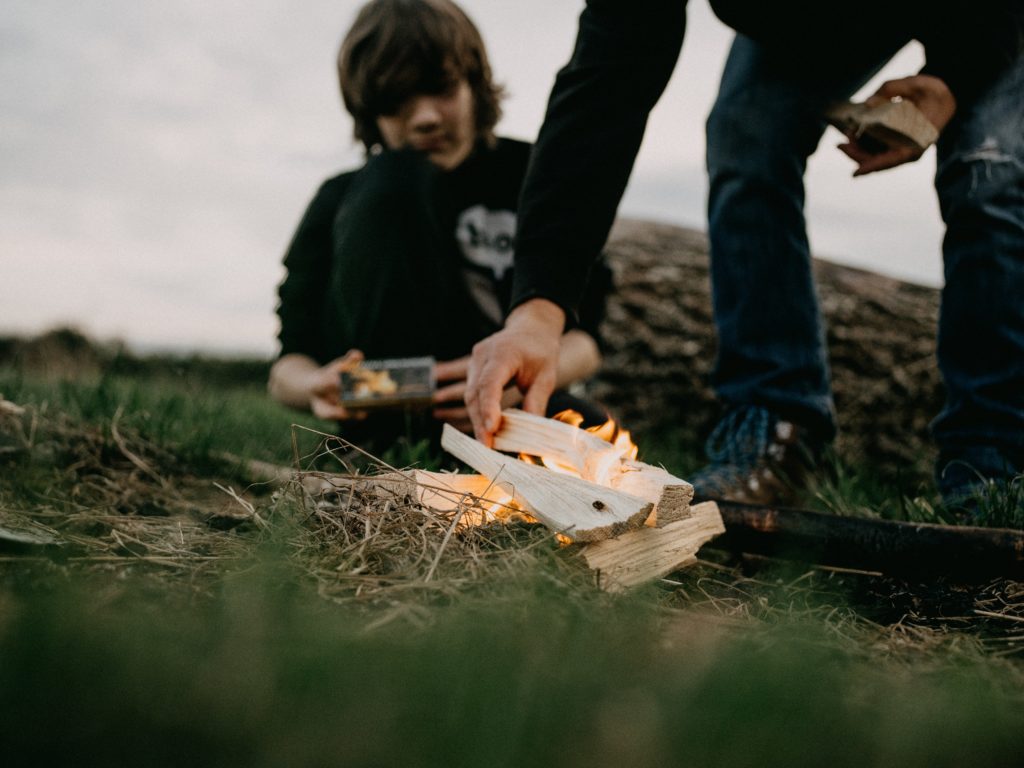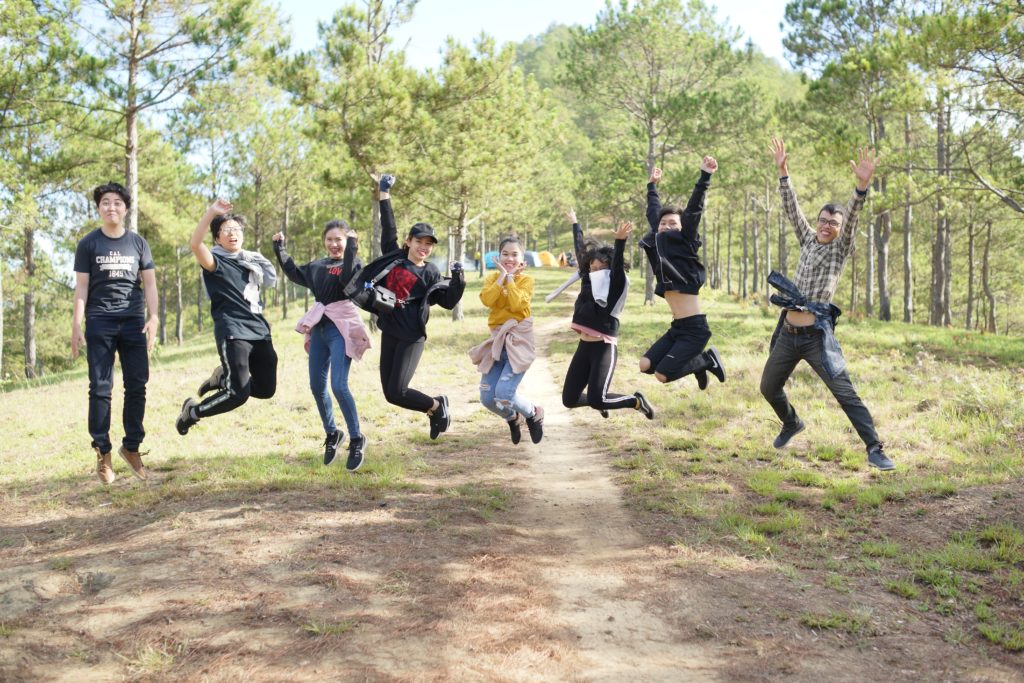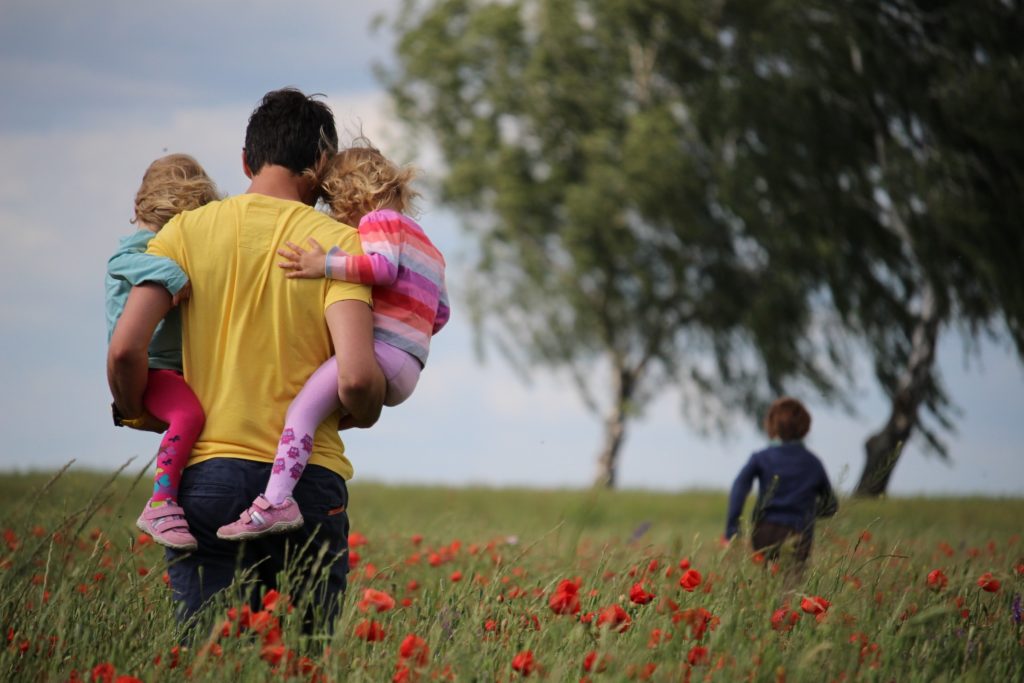As the School summer holidays are now in full swing we have another very welcome & timely guest blog from Max Mitchell who is a freelance writer.
Man has been in close contact with wildlife for centuries. The issue is that, with the advent of technology, society’s life and values have changed dramatically. However, people have recently become more concerned about environmental issues and the well-being of wildlife. Why is it vital to start educating children about environmental conservation at a young age?
Nature has always been with humans throughout their lives. As a rule, conscious assimilation and mastering of ecological culture begin in childhood, concurrently with the assimilation of general cultural provisions. The school is the first link in the formation of ecological culture, ecological thinking, and ecological knowledge.
The problem is that according to research, children’s knowledge of some common wildlife species is quite poor these days. That is why it is critical to consider the most effective solutions.

Why Is It Important to Learn About Wildlife?
Teaching children about wildlife should be active, interesting, rational, and as close to life as possible. It should include no oversaturation of mental information that children are unable to properly perceive. Only active interaction with nature can educate the best human qualities. The younger student’s environment culture consists of:
- Learning about the interaction and dependencies between the wildlife and people;
- Awareness of the role of man as its part;
- Getting to know how to protect the wildlife;
- Skills and knowledge of treating wildlife properly;
- Understanding the aesthetic value of nature;
- Awareness of actions that may harm the wildlife and its inhabitants.
Why is it important for children to learn about conservation?
- Wildlife conservation will allow future generations to see its species with their own eyes, rather than just through photographs in books.
- It promotes respect for nature and its resources, which are critical to human survival;
- It helps to restore a link between humans and nature that was destroyed by digital technology;
- It encourages wise consumption and recycling;
- It promotes the health of the planet.

How to Teach Children About Wildlife Conservation
The primary methods of teaching wildlife conservation include:
- Explanatory-illustrative;
- Reproductive;
- Method of problematic presentation;
- Partially exploratory;
- Research methods.
Keep in mind that your intended audience consists of children. To get them interested in learning about wildlife, use games and other outdoor activities that are both enjoyable and educational. Here are some activities that you might find useful:
1. Bushcraft
Bushcraft includes learning to survive in the wild. It teaches adults and kids to find water, properly filter it, build shelters without harming nature, find food, and learn about wildlife and its flora and fauna.

2. Problem Solving
One popular method of training wildlife conservation is to set the problem and solve it. As part of this method, a teacher can present a problem to young students and solve it while revealing the course of thought in his contradictions.
This method allows a teacher to show students examples of how to solve wildlife-related problems. Students, in turn, learn to follow the line of thought, the logic of proof, and the integrity of nature. This knowledge will be useful when they grow up and conduct numerous research projects with the help of the best essay websites and on their own.
3. Research Quest
The teacher can direct the activities of students to independently perform separate steps to search for knowledge of natural objects as part of the research. When employing it in practice, you should keep in mind its primary goal: to teach students to learn about wildlife on their own.
It is preferable to assign tasks that require students to use their basic knowledge of wildlife creatively. These activities exceed the duration of an average lesson at school. That is why it is suggested that the teacher use them in extracurricular classes.
Doing research is both difficult and exciting. If you are still having difficulties in this area, you can seek assistance from Trust My Paper professionals.
4. Playing Games
Cognitive games meet the most comprehensive needs for primary school children’s creative ability development. Their main distinguishing feature is that cognitive tasks are hidden from the eye.
The child does not consider learning while playing. Here you can use picture games, wildlife riddles, and games-quizzes like “Which wildlife species do you know?” “Which wildlife species have you found and where?” “Wildlife signs,” etc.
Environmental education issues are best solved through creative role-playing games. It has been established that the cognitive and educational effect of the game is achieved following the methodology, where the organization, distribution of roles, and preparation for the game provide knowledge about the game’s objects (wildlife species).
The Robinson Games, forest residents, and travelers will all be relevant in this case. They allow each child to draw his conclusions about the proper treatment of wildlife and the importance of its conservation.
5. Excursions
Excursion lessons, tours, and expeditions also work well for school students. These activities are very exciting. They also have a deep and serious educational environmental orientation and can include many wildlife conservation tasks that contribute to the development of children’s creative abilities.

6. Brainstorming
This type of wildlife conservation education is especially exciting when organized as a competition. To instill a positive, caring attitude toward wildlife in schoolchildren, you must first arouse their emotional response to natural phenomena.
Here you can use both traditional (observations, walks, search and research activities, etc.) and non-traditional forms of work to promote a love of nature. Children learn to communicate with wildlife and analyse its behaviours while doing such work. You can ask the following questions to stimulate discussion and make team interaction more dynamic:
- Do you believe flowers can be brought with you?
- What is the flower’s mood (provide some examples for this task)? How are you feeling today?
- What colours do you have on your flower?
- Why is this flower so named?
- What name would you give your flower?
- And what would you do if you could turn into a flower? Why?
- What do you want a flower to bring you?
7. Parents’ Day
Adults always set a good example for children. Close cooperation between teachers and parents can significantly improve the teaching process and teach a child to love and protect nature.
Parents, with the assistance of teachers, must become true friends with their children to the wildlife. You can achieve it by engaging in the following activities:
- Competitions for creative products made from natural materials;
- Drawing competitions;
- Homework assignments such as “write a story about wildlife,” etc.

Conclusion
Only in the presence of ecological culture and deep ecological knowledge can each person adopt a conscious and cautious attitude toward nature. They must be formed from childhood and include not only knowledge of environmental norms, nature’s development, and familiarisation with the mysterious wildlife.
It is crucial that it also includes the study of the characteristics of its behaviour under different conditions and problems that occur as a result of human mistakes. Each child will feel personally responsible for his actions and their consequences for the future of wildlife if he is aware of these key points.
Author’s Bio:
Max Mitchell is a freelance writer. He is very passionate about typing, creating complicated spreadsheets, and consuming an inhuman amount of caffeine. Nevertheless, he is also the creative type of individual who will always find a new perspective on topics of interest.